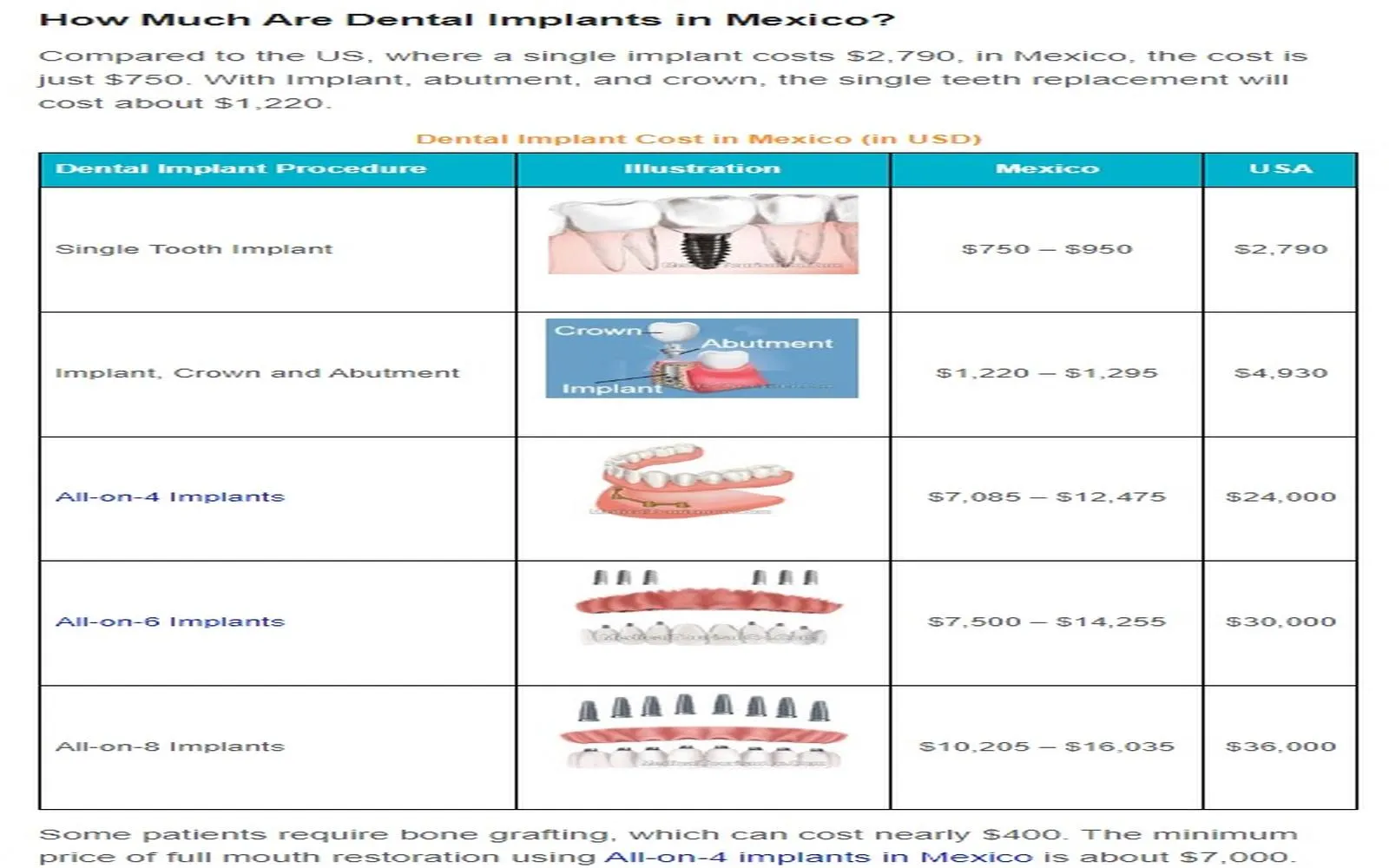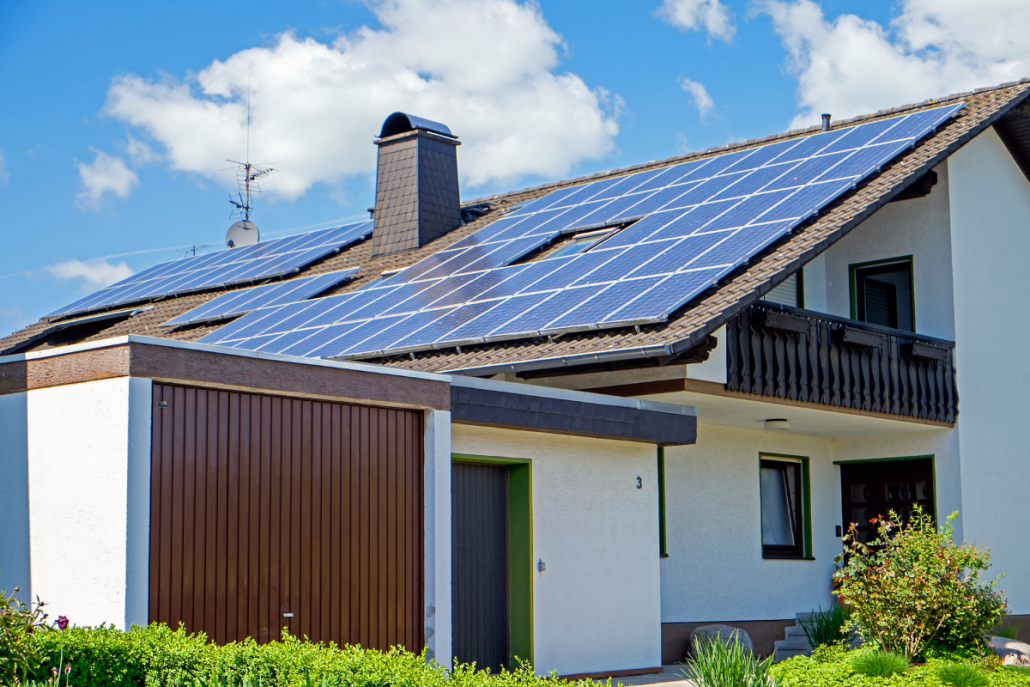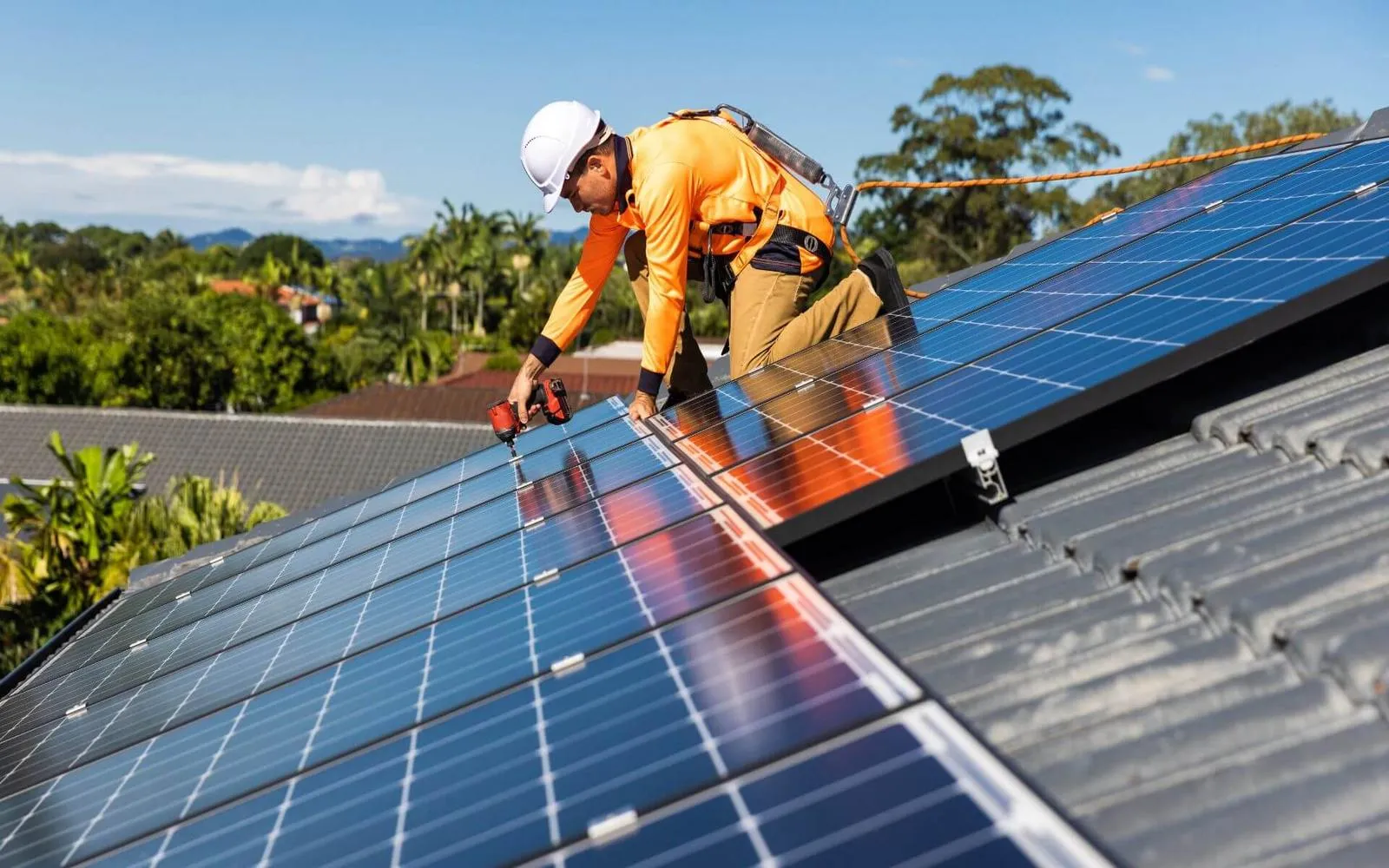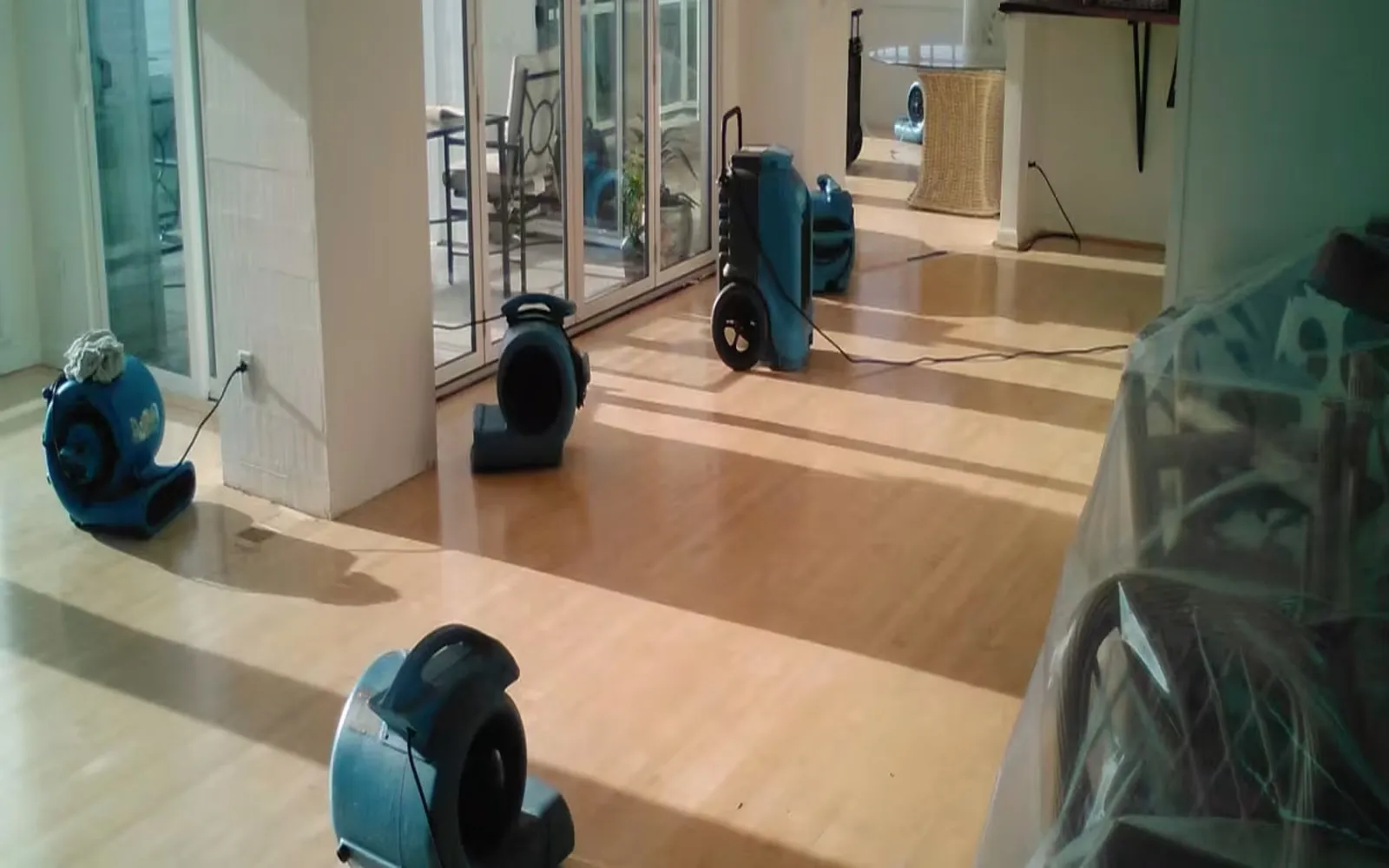2025 Guide to Solar Roof Tiles Cost: What You Need to Know for a Sustainable Home
Introduction
As we move further into the 2020s, sustainability has become a critical focus for homeowners and builders alike. Solar roof tiles have emerged as a popular choice for those looking to reduce their carbon footprint while enhancing the aesthetic appeal of their homes. This guide will provide you with an in-depth understanding of solar roof tiles, their costs, financial incentives, and what you need to know for a sustainable home in 2025.
What Are Solar Roof Tiles?
Solar roof tiles, often referred to as solar shingles, are integrated photovoltaic systems that serve a dual purpose: they protect your home while generating electricity. Unlike traditional solar panels, which are mounted on top of existing roofs, solar roof tiles are designed to replace conventional roofing materials. This innovation allows homeowners to harness solar energy without compromising on the architectural integrity of their homes.
Types of Solar Roof Tiles
There are two main types of solar roof tiles: BIPV (Building-Integrated Photovoltaics) and traditional solar shingles. BIPV tiles are designed to blend seamlessly with conventional roofing materials, while solar shingles are specifically designed to function as both roofing material and solar energy collectors. Understanding the differences between these types can help you make an informed decision based on your needs and budget.
Cost of Solar Roof Tiles in 2025
The cost of solar roof tiles has been steadily decreasing over the past few years, making them an increasingly viable option for homeowners. In 2025, the average cost of solar roof tiles is expected to range from $15 to $30 per square foot, depending on the brand and installation complexity. When considering the overall cost, it's essential to factor in installation expenses, which can add an additional 20% to 30% to the total price.
Cost Breakdown
To provide a clearer understanding of the costs involved, here's a detailed breakdown:
- Materials: The cost of the solar roof tiles themselves can vary significantly based on the manufacturer and technology used. High-efficiency tiles may cost more but can yield higher energy production.
- Installation: Labor costs can significantly affect the overall price. Professional installation is crucial for ensuring the efficiency and longevity of your solar roof tiles.
- Permitting and Inspection Fees: Depending on your local regulations, you may incur additional costs for permits and inspections.
- Maintenance: Although solar roof tiles require relatively low maintenance, it's essential to budget for occasional cleaning and inspections.
Financial Incentives and Tax Credits
One of the most appealing aspects of investing in solar roof tiles is the availability of financial incentives. In 2025, homeowners can benefit from various federal and state programs designed to support renewable energy adoption.
The Federal Investment Tax Credit (ITC) allows homeowners to deduct a percentage of the cost of solar installations from their federal taxes. As of 2025, the ITC is set at 26%, providing significant savings. Additionally, many states offer their own incentives, including rebates, tax credits, and low-interest loans, further reducing the overall cost.
Return on Investment (ROI)
Investing in solar roof tiles can yield a considerable return on investment. Homeowners typically see a payback period of 5 to 10 years, depending on energy costs, system efficiency, and available incentives. Beyond the immediate financial benefits, solar roof tiles can increase your home's value. Studies have shown that homes equipped with solar energy systems tend to sell for more than comparable homes without such systems.
Environmental Impact
Solar energy is one of the cleanest forms of energy available, significantly reducing greenhouse gas emissions. By installing solar roof tiles, you contribute to a more sustainable future while decreasing your reliance on fossil fuels. In addition to reducing your carbon footprint, solar roof tiles can also lower your energy bills, making them an economically sound choice.
Choosing the Right Solar Roof Tiles
When selecting solar roof tiles, consider several factors to ensure you make the best choice for your home:
- Efficiency: Look for tiles with high energy conversion rates. The more efficient the tiles, the more electricity they can generate.
- Durability: Ensure the tiles are built to withstand various weather conditions, including hail, wind, and extreme temperatures.
- Aesthetics: Choose tiles that match the architectural style of your home to maintain curb appeal.
- Warranty: Investigate the warranty offered by the manufacturer. A longer warranty can provide peace of mind about the longevity of your investment.
Installation Process
The installation of solar roof tiles requires professional expertise. Here’s a general overview of the installation process:
- Site Assessment: A qualified installer will evaluate your roof's orientation, pitch, and shading to determine the best layout for the solar tiles.
- Preparation: Any necessary repairs to the existing roof will be made before installation begins.
- Installation: The solar roof tiles are installed in a manner similar to traditional roofing materials, ensuring a watertight seal.
- Electrical Connections: The tiles will be connected to your home’s electrical system, allowing you to utilize the energy generated.
- Inspection: A final inspection will verify that the installation meets local codes and standards.
Maintenance and Care
Solar roof tiles are designed to require minimal maintenance. However, regular inspections and cleaning are essential to ensure optimal performance. Here are some maintenance tips:
- Regular Inspections: Check for any visible damage or debris that may obstruct sunlight.
- Cleaning: While rain may naturally clean the tiles, it's advisable to remove any accumulated dirt or debris, especially in drier climates.
- Monitor Performance: Use monitoring systems to track energy production and identify any potential issues early.
Common Myths About Solar Roof Tiles
Despite the growing popularity of solar roof tiles, several myths persist. Here are a few common misconceptions debunked:
- Myth 1: Solar roof tiles are too expensive for the average homeowner.
Reality: With declining costs and available incentives, solar roof tiles are becoming more accessible. - Myth 2: Solar roof tiles are not as efficient as traditional solar panels.
Reality: While efficiency varies, many solar roof tiles are comparable to traditional solar panels in energy production. - Myth 3: Solar roof tiles are not durable.
Reality: Many solar roof tiles are designed to withstand harsh weather conditions and come with warranties that reflect their durability.
Conclusion
As we look towards 2025, solar roof tiles represent a promising solution for homeowners seeking to make sustainable choices without sacrificing style or functionality. With decreasing costs, financial incentives, and the potential for significant returns on investment, solar roof tiles are an excellent option for those looking to embrace renewable energy. By understanding the costs, benefits, and installation processes, you can make informed decisions that contribute to a more sustainable home and a healthier planet.
FAQs
1. How long do solar roof tiles last?
Most solar roof tiles come with warranties ranging from 20 to 30 years, reflecting their expected lifespan. Proper maintenance can extend their longevity.
2. Can I install solar roof tiles myself?
While some homeowners may be tempted to undertake installation, it’s highly recommended to work with a licensed professional to ensure safety and compliance with local codes.
3. What happens if my solar roof tiles generate more energy than I use?
Excess energy can often be fed back into the grid, and many utility companies offer credits or compensation for this surplus energy, making it a win-win situation for homeowners.
4. Are solar roof tiles suitable for all types of roofs?
Solar roof tiles can be installed on various roof types, though their efficiency may be affected by roof orientation, pitch, and shading. A professional assessment will help determine suitability.
5. How do solar roof tiles perform in cloudy or rainy weather?
While solar roof tiles generate less energy on cloudy or rainy days, they still produce electricity. The efficiency is reduced, but they can still contribute to your energy needs.
Explore

2025 Home Warranty Quotes: What You Need to Know for Affordable Coverage

Dental Insurance That Covers Implants: Everything You Need to Know

Unlimited Data Plans: What You Need to Know

2025 Trends in Auto Insurance: What You Need to Know for Optimal Coverage

Exploring Humana Health Benefits in 2025: What You Need to Know for Optimal Coverage

Bright Savings: Your Guide to Affordable Solar Panels for Every Home

Top Local Solar Installers to Power Your Home in 2025: Harness Renewable Energy Today!

Top Home Restoration Companies Near You in 2025: Revitalize Your Space Today!
